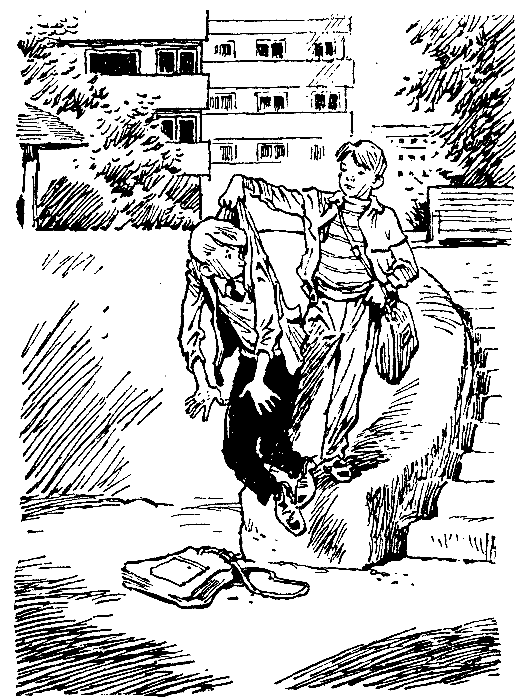BionicSoftHand - a safe and flexible artificial intelligence robotic arm from Festo

There is no skeletal structure in this solution, the hand is made of soft and flexible materials, the phalanges of the fingers are made of three-dimensional textile fabric with tactile sensors and flexible conductors that can be bent using pneumatic modules. A knot with valves is installed in the wrist, which actuates the elements of the hand, if necessary, with fine motor movements.
The movements of BionicSoftHand are controlled by artificial intelligence, capable of learning by trial and error, and after adapting to the task, quickly and autonomously perform the necessary actions with objects, similar to how a person does

Link to the description from the manufacturer of the BionicSoftHand solution here .

The BionicSoftHand robotic arm is equipped with:
- inflatable bellows around which there is a three-dimensional fabric of elastic fibers created using 3D printing technology, which bends along with hand movements when air is supplied to the bellows, similar to the work of muscles and tendons;
- pneumatic rotary modules;
- valve terminal for 24 piezo valves;
- an onboard motherboard, including for autonomous motion control;
- sensors of inertia (motion) and force (installed in soft fingers), which are also created on the basis of flexible materials and are able to bend at the moment of movement;
- a self-learning AI module, capable of independently calculating the best way to interact with different objects and perform various actions, and in the shortest possible time, receiving data from 3D cameras with depth perception for analyzing objects and movements.
Technical characteristics of the device components:
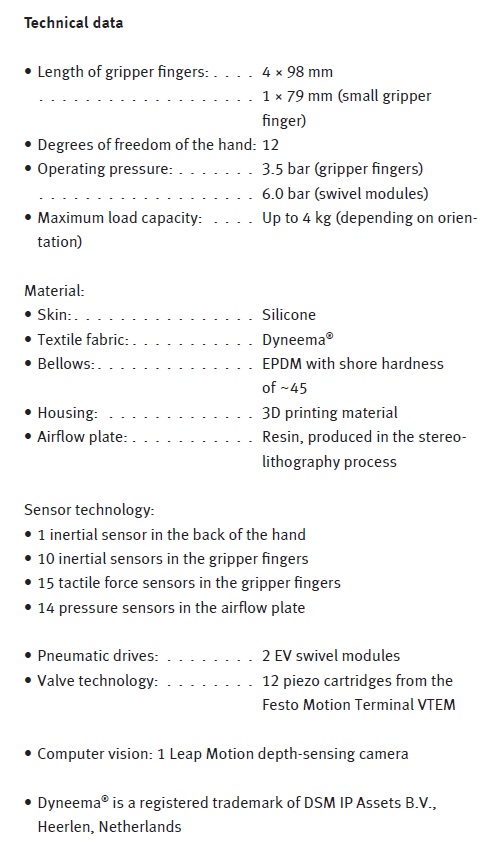


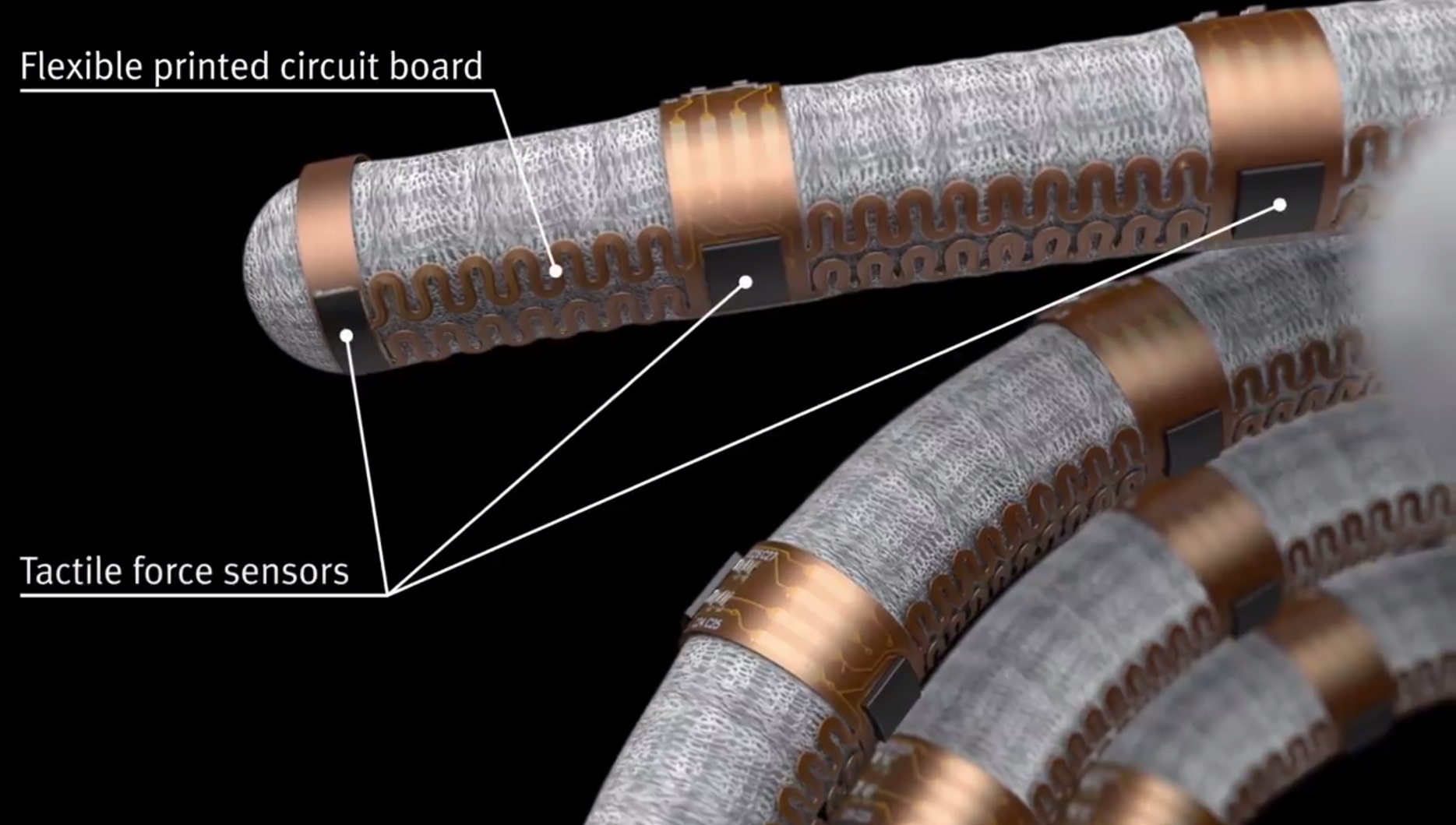

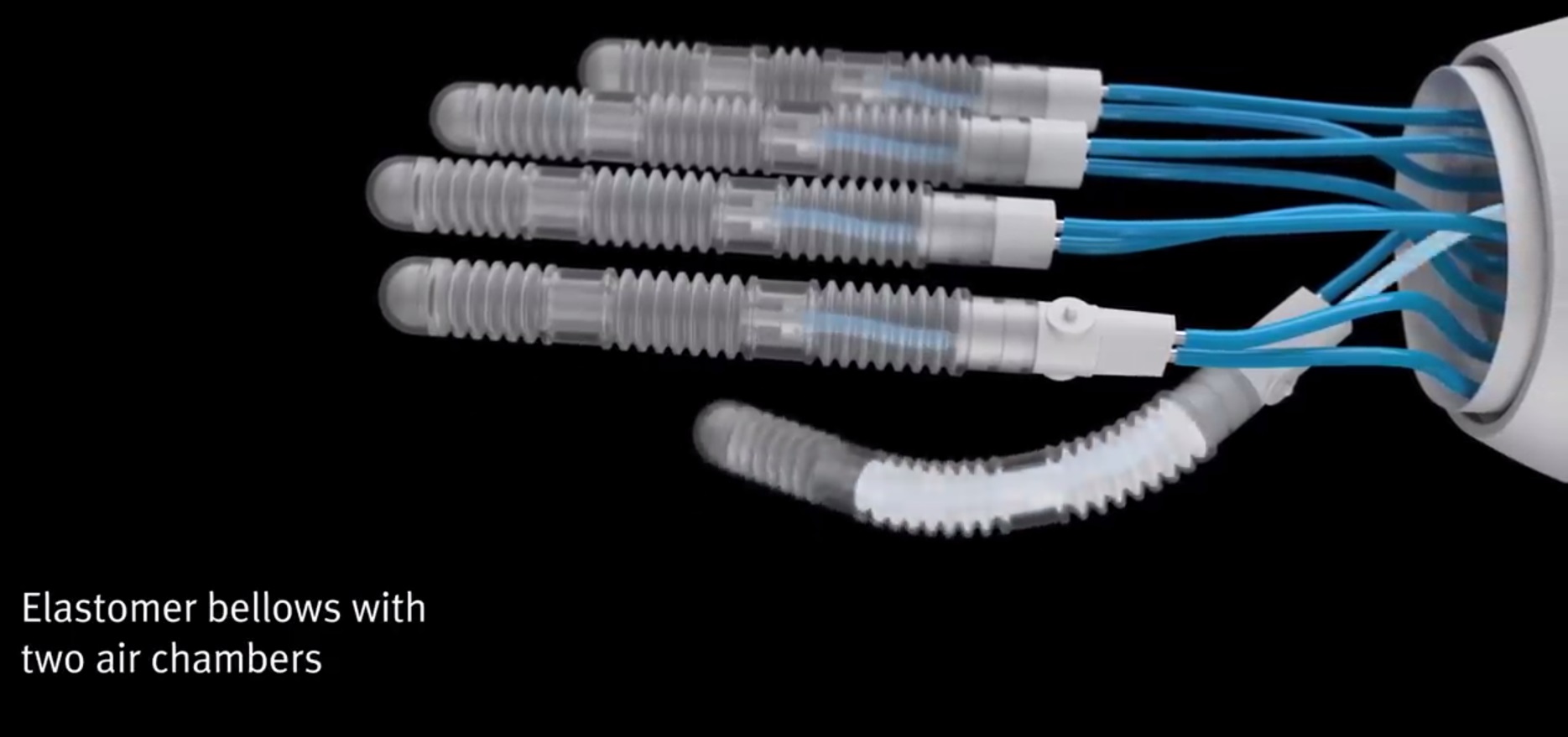




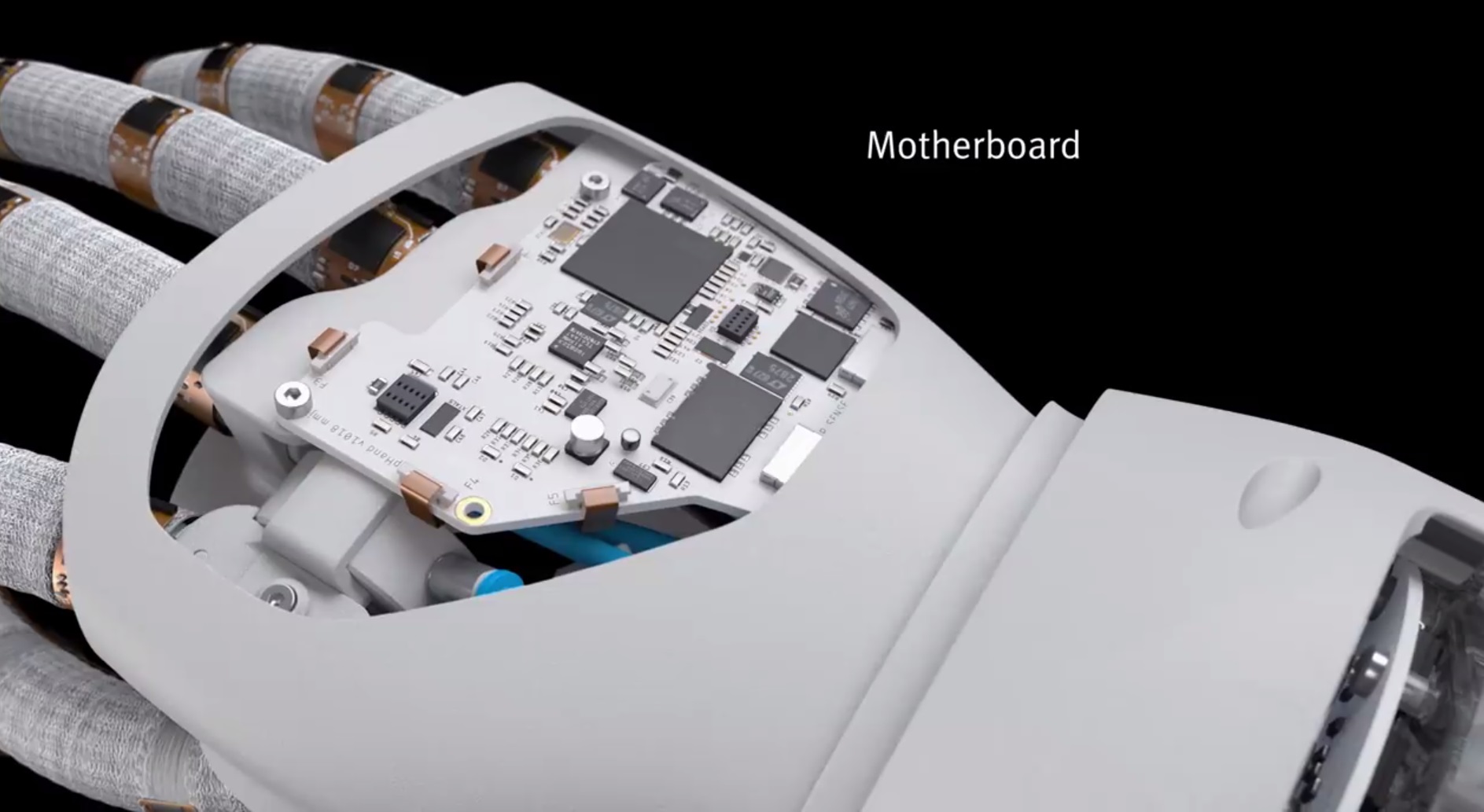
An array of touch sensors on the fingers of the hand provides feedback to the control systems of the hand (with the components of the AI), reporting on the movements of the hand and fingers, as well as on the methods and movements in contact with different objects, the same AI analyzes the information about whether it is correct an object is located in the hand for its manipulation, using a matrix of contact perception that imitates the sense of touch of a person. Further, the AI calculates what efforts should be made to hold the subject, what kind of motor sequence should be performed for the positions and movements of the fingers, how wide it is to open the palm, and so on.

Initially, the BionicSoftHand hand was not programmed for any specific movements, and the AI connected to its control board is trained in the process of performing test tasks using parallel learning technology, creating in a virtual environment, over time allowing the robotic arm to become only “smarter”, but for solutions of new problems to use combinations of movements that have already been studied and verified with real actions, which are then optimized for new tasks.

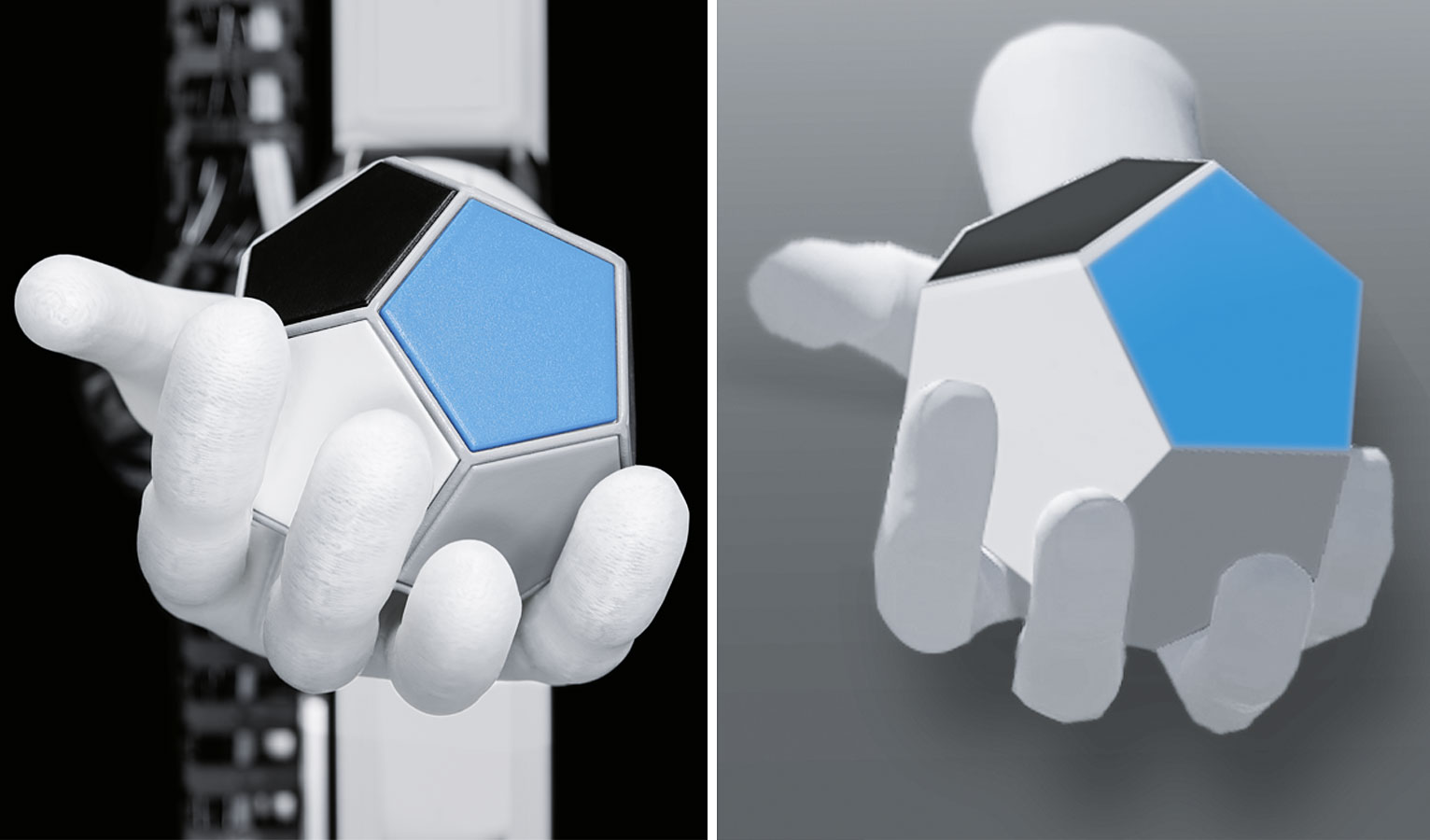
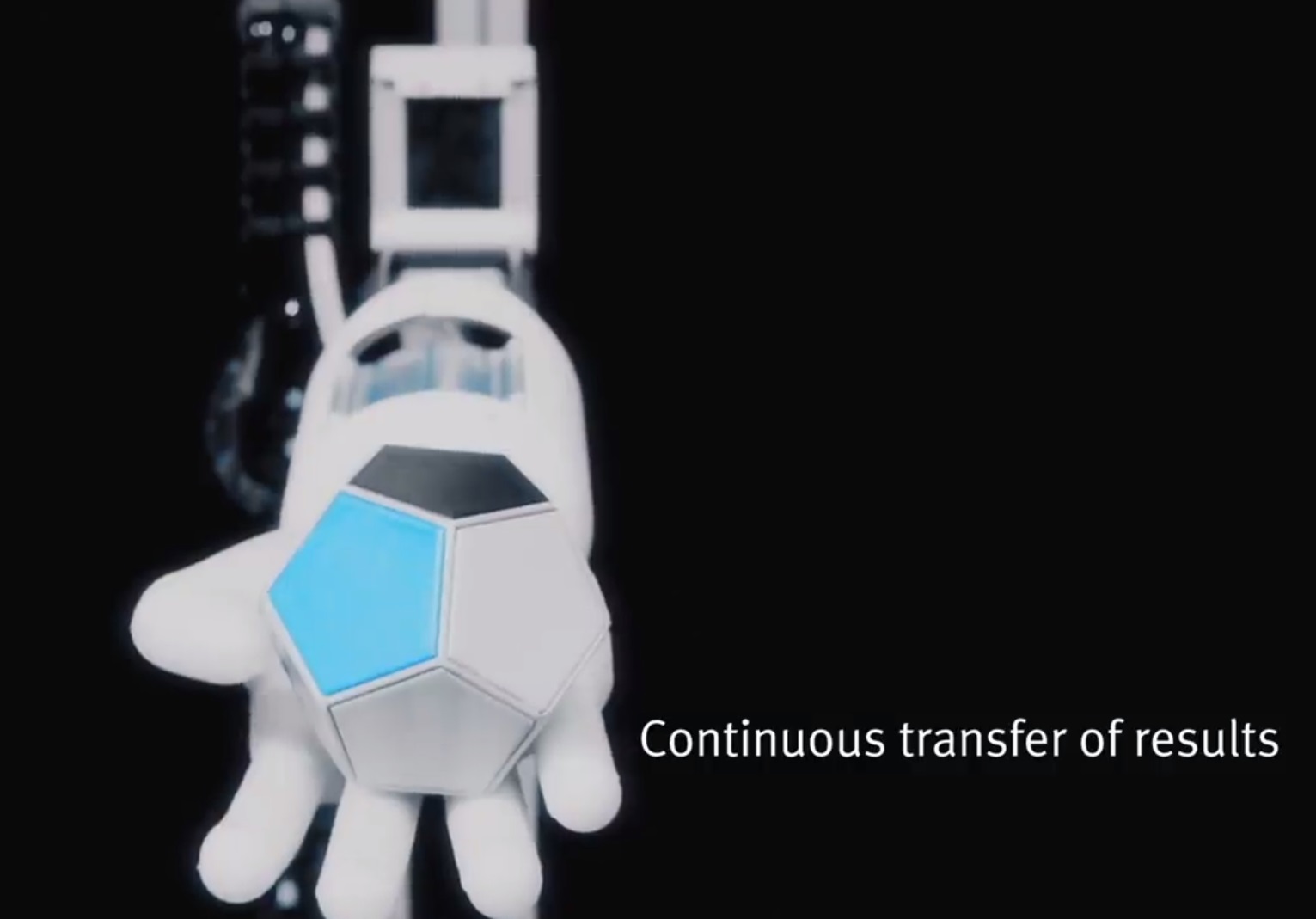
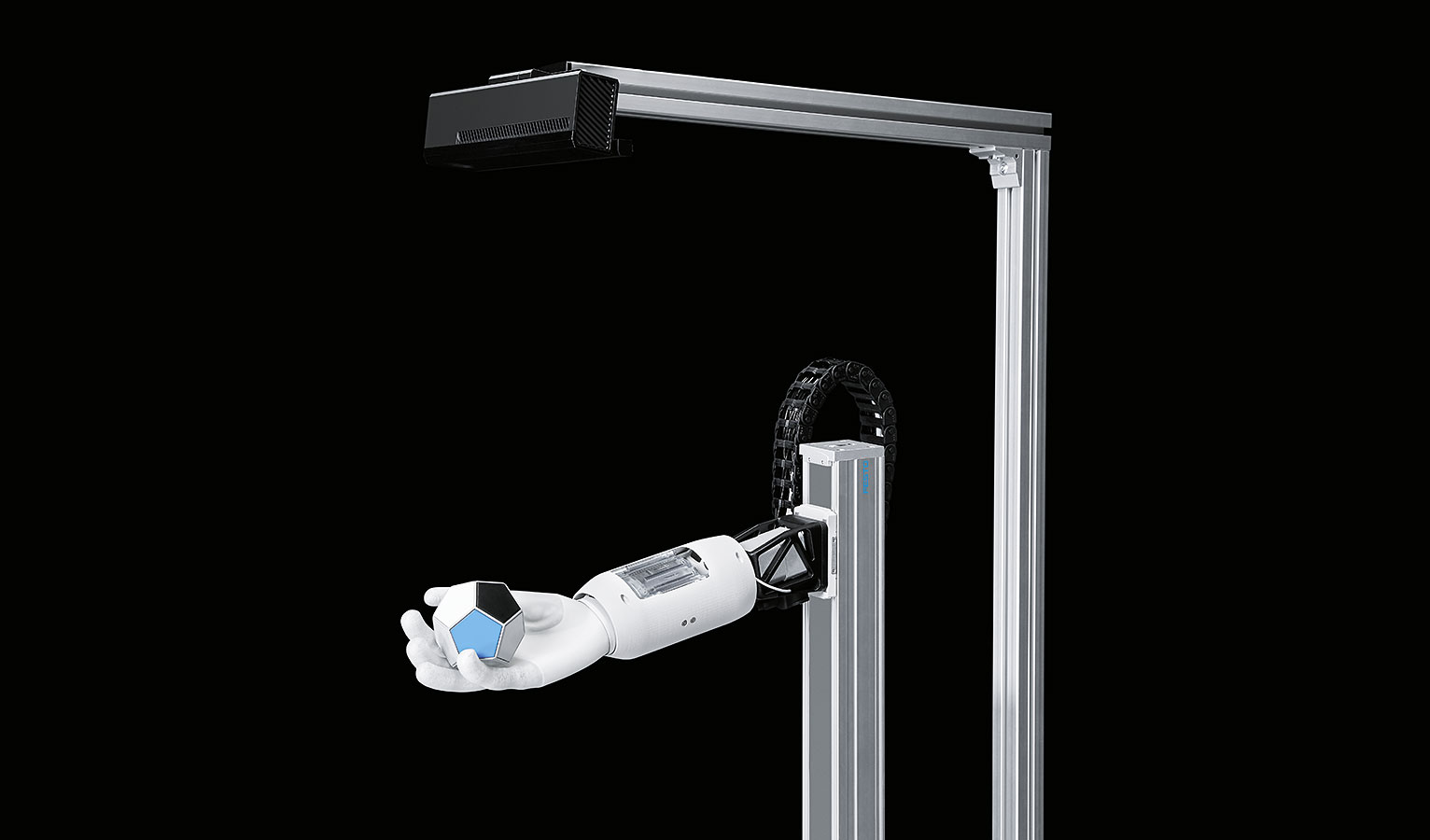
In the demo video below, the AIs with the robotic arm were given the task of moving the 12-sided object placed in the hand so that a certain face looked up, without explaining the actions to complete this task.
First, using a 3D camera with depth perception, the AI creates a digital copy of the object, and then puts it in a virtual simulation with many virtual hands that manipulate the object until the correct combination is selected.
Then the AI calculates the options to find and perform quickly optimal actions with the subject, and then performs them in reality, controlling the elements of BionicSoftHand.
Components for creating Electronics Evgeni Veltistov closer and closer to reality.
